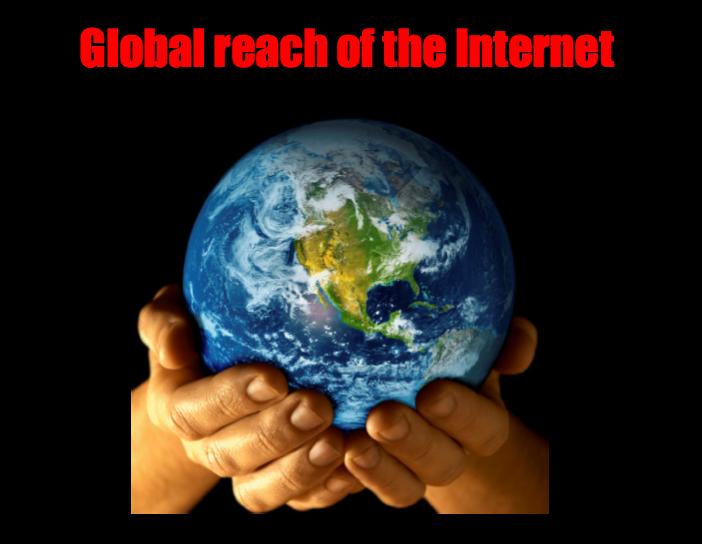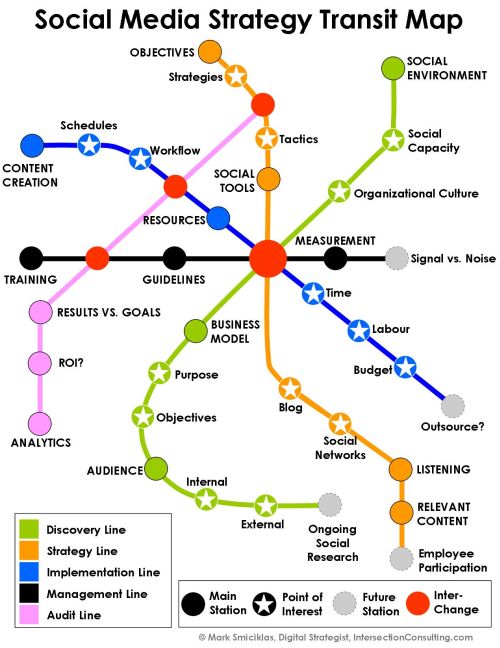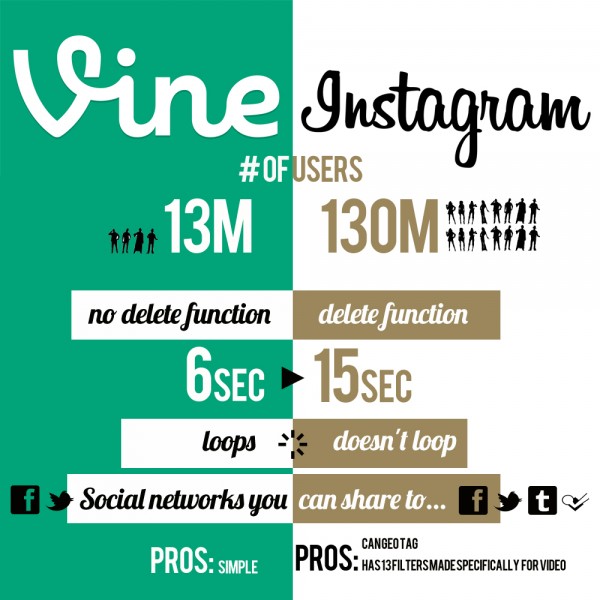Introduction
It is no surprise that social media has changed immensely over time, and it is now so prevalent in our society, with leaders using the digital world to connect with the public. Social media networks are a unique way of communicating real-time messages to the specific audiences that leaders want to reach. Nowadays, most leaders have social media accounts, including Facebook, Twitter, and Instagram. Since social media allows for the ability to quickly connect with the general public, leaders are using the ever changing social media world to engage with their followers, show their personality using innovative ways, and share their values since it is all about self-image and online persona in today’s society.

Engagement with Followers
To begin, social media has changed the way in which leaders are engaging with their followers. Since the focus is on how one portrays himself or herself, leaders may take more time to craft their online presence. The 140 character limit on Twitter limits the thoughts of leaders and makes them think how they want to portray themselves online. What they post will be seen by millions and can really affect how they are seen. As Kahai (2010) explains, we do not necessarily need face-to-face communication in order to connect and expand. “Web 2.0 can help spread the word about a leader’s admirable qualities and behaviors far and wide and enable the development of charisma among distant followers,” which maximizes a leader’s opportunities and benefits, as they are shown to be charismatic and moral in person and online (Kahai, 2010, p. 1). His take is that the lack of nonverbal cues in electronic media can remove focus on interpersonal differences, which leaders can use to their advantage by focusing on the commonily between them and their followers in order to stay connected. Therefore, it does not have to be about the physical interaction because with electronic media, the what leaders write online is what can make others relate, allowing a bond to be created between a leader and the public. Along with this, Ercetin and Bisaso (2016) explain that the frequency in which a leader utilizes social media will influence the way people perceive him or her. If a leader uses platforms in the professional or formal sense, they would be perceived as responsible, and any decision he or she makes will influence how followers perceive them. Ideally, leaders try to craft themselves to be a better version of themselves online.

Innovation
Next, social media changes the way in which leaders are operating in the social media world in how they choose to show their personality in innovative ways. Leaders often imagine the audience online and are constructed “in order to present themselves appropriately, based on technological affordances and immediate social context” (Marwick & Boyd, 2010, p. 2). As the articles explains, there is a disconnect between a leader’s followers and who they are following. For example, John Mayer has 1,226, 844+ followers, but he only follows 47. Since so many people follow him, he has the power to show off his true self with all of his connections. As one celebrity explains, which may be applicable a leader’s similar situation, individuals with a lot of followers do not tailor their tweets to different audiences because there are no tweets that reach absolutely everybody, but they all at least appeal to someone. Therefore, leaders try to mix up the content of their tweets, with topics ranging from political messaging, information, and news. Furthermore, Oholakiya (2017) found that Bill Gates uses social media to posts articles on LinkedIn to keep readers engaged, while Justin Trudeau was the first politician to hold a Snapchat Live Story Q&A. These platforms are allowing leaders to be inventive and spark more engagements by coming up with creative ideas to increase followers and make their posts go viral. The way in which they go about distributing new information shows that they are creative in finding new ways to stand out.
Authenticity
The last way that leaders are using social media in the changing digital world that represents a shift in the balance of power, is that leaders use it as a platform to display their values and authentic selves to show that they are just like everyone else. As Deiser and Newton state, authenticity is important because leaders have to “develop a distinctive voice that stands out from the noise, and that is credible and authentic” (Deiser & Newton, 2015). In doing so, leaders show their values to have followers relate to their brand by sharing personal stories, career advice, and being personable, which will allow the audience to get a look into the leader’s life. The most successful CEOs are known for their generosity, and social media gives them a platform to share their values and causes. A lot of people now use Facebook or Instagram Live to record themselves talking about an issue, with their followers having the ability to go on at the same time wherever they are. Leaders need to excel in collaboration and create compelling multimedia content by having a strong social media presence to get their message across. As the article states, “in the future, social media savvy may no longer be something that’s “nice-to-have” for prospective CEOs. Instead, it could be a powerful selection criterion that helps companies to identify CEOs who are well-prepared to lead.” (Neal, 2017).
How Social Media has Evolved and What the Future Looks Like
When using different online apps and platforms, leaders have to be confident that they can lead use it perpetually in the 21st century. Leaders need to be on a platform that will be around years in the future. They cannot be on a platform that will eventually die out. For example, Vine’s future was increasingly uncertain and it did not move fast enough to differentiate from other competitive apps like Snapchat. There was more interest in Snapchat, Instagram, and Facebook, and Vine was failing to make enough money. This resulted in Vine being discontinued in 2016. However, Facebook has been around and will continue to stay around for a very long time. Every day this social media platform is evolving, and leaders have the ability to play around with the constant new changes to lead in this century. The changes are meant to maximize the time people spend scrolling through the network. Facebook is typically the platform of choice for most leaders in terms of community engagement. Barack Obama started using this platform in 2007 as a tool during the election campaigns. Having a Facebook presence has become a regular part of any social media political campaign and is one of the better ways to interact and engage with citizens and audiences. Leaders utilize the features in good ways, including posting photos and videos, adding links to other websites, and making status updates. Facebook has also come out with the different reactions one can respond to a post with, including love, haha, wow, sad, and angry. With features like livestreaming and instant videos, Facebook and Instagram are popular social media platforms among leaders, with new changes and updates being made and tested constantly.
Facebook has enhanced features that include Facebook Live, Messenger Day, Facebook 360, advertising capabilities, and a group video chat that allows up to 50 users at once. With a social media platform like Facebook, new and innovative changes are always happening often, Facebook is not a platform that will be dying out any time soon due to its interactive features and new trends that can be for personal use as well as business promotions and a consistent platform for leaders.

Conclusion
Nowadays, if a leader were not to be active on social media or have any online presence, that may seem a little strange since it has been evolving over time and most people are on these platforms now. It would make people wonder how these leaders communicate with the public, which plays such a big role in a leader’s credibility. Social media is interesting in that it puts a lens on the creation of oneself and how this construction affects us in many ways. Social media has evidently become a communicator’s most powerful tool and a part of their daily lives, strengthening their role as a leader. Due to the ever changing social media world, leaders have been able to utilize social media platforms in innovative ways to create content, network with influencers, engage audiences, establish thought leadership, and lead in the 21st century.
– Maggie Lu
References
Deiser, R., & Newton, S. (2015, January 15). Social technology and the changing context of leadership. Retrieved from https://leadershipcenter.wharton.upenn.edu/research/social-technology-changing-context-leadership/.
Ercetin, S. S., & Bisaso, S. M. (2016). The effect of social media and social networking on perceptions of leadership and leaders. Springer International Publishing, 105-117.
Kahai, S. (2010, May 11). Yes, leadership changes in a web 2.0 world. Retrieved from http://www.leadingvirtually.com/yes-leadership-changes-in-a-web-20-world/.
Marwick, A. E., & Boyd, D. (2010). I tweet honestly, I tweet passionately: Twitter users, context collapse, and the imagined audience. New Media & Society, 13(1), 1-20.
Neal, S. (2017, April 13). The surprising reason why CEOs should be social media savvy. Retrieved from https://www.cnbc.com/2017/04/13/the-surprising-reason-why-ceos-should-be-social-media-savvy.html.
Oholakiya, P. (2017). Leadership with social media: 7 essential tips for the new leaders. Retrieved from https://thenextweb.com/contributors/2017/05/25/leadership-social-media-7-essential-tips-new-leaders/.